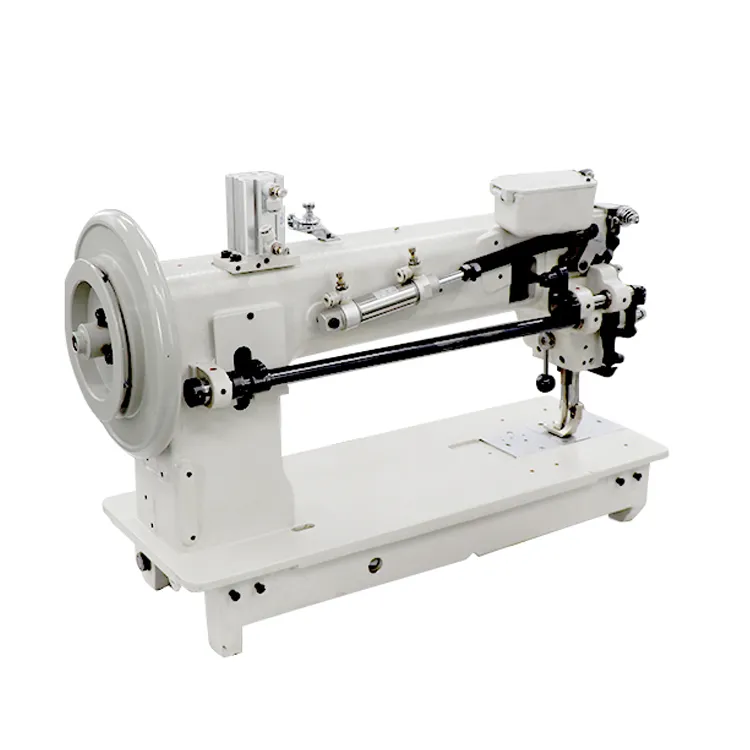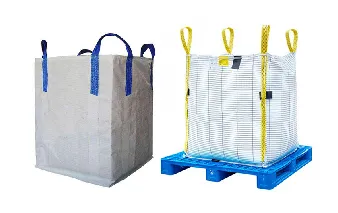Double Needle Lock Stitch Machine - High Precision Industrial Sewing Solution
Below is a comprehensive overview of this industrial sewing equipment analysis:
- Fundamentals of double needle stitch technology
- Technical performance advantages and specifications
- Top manufacturer comparison and specifications
- Customization possibilities for specific needs
- Industry application case studies
- Key purchase considerations
- Economic value and ROI analysis

(double needle lock stitch machine)
Understanding Double Needle Lock Stitch Machine Fundamentals
Double needle lock stitch machines create parallel rows of secure 301-type stitches simultaneously, delivering structural integrity for heavy-duty applications. The synchronized mechanism coordinates two needles with precision timing, producing 800-3,000 stitches per minute while maintaining consistent tension. Industrial operations adopt this technology because it reduces production time by 40-60% compared to single-needle alternatives.
Technical Specifications and Performance Advantages
Modern systems feature brushless servo motors reducing energy consumption by up to 70% while maintaining constant torque. Advanced models include automatic thread trimmers eliminating manual trimming cycles and programmable needle positioning that enhances stitch pattern flexibility. Key specifications include:
- Stitch lengths adjustable from 0.5-6mm with micro-precision controls
- Needle distance configurations from 3.2mm to 12.7mm
- Maximum material thickness capacity: 10-14mm leather/hard materials
- Integrated tension control systems maintaining ±0.5gf precision
Operational efficiency is enhanced by direct-drive mechanisms minimizing mechanical friction, resulting in 25% lower maintenance frequency.
Manufacturer Comparison and Model Specifications
| Manufacturer | Model | Stitch Speed | Max Material | Needle Config | Automation Level |
|---|---|---|---|---|---|
| Juki | DLN-5410N | 3,000 SPM | 8mm | 3.2-12.7mm | Thread trim + backtack |
| Brother | BAS-325G | 2,800 SPM | 10mm | 6-12mm | Programmable patterns |
| Seiko | SL-2420 | 2,500 SPM | 14mm | 4.8-9.5mm | Automatic oiling system |
| Jack | A4-T | 2,700 SPM | 12mm | 5.6-9.5mm | Touchscreen interface |
Performance benchmarks show Juki models maintain ±0.2% stitch length variance after 200 hours of operation, while Seiko units demonstrate superior material penetration with their hardened steel needle bars.
Customization Possibilities for Specialized Applications
Manufacturers provide comprehensive engineering modification services that tailor systems to niche applications. Common customizations include needle bar modifications accommodating unique compound materials like neoprene-rubber laminates for protective gear. Additional engineering solutions feature:
- Variable needle spacing arrangements accommodating asymmetrical designs
- Right-to-left reverse feed mechanisms for complex contour sewing
- Material-specific presser feet with enhanced grip surfaces
- Industrial IoT connectivity packages for seamless production integration
These modifications typically add $1,500-$7,000 to base pricing depending on engineering complexity.
Industry Implementation Success Stories
Automotive upholstery manufacturer TrimTech Solutions reported a 37% output increase after installing Brother BAS-325G models configured with specialized compound material feet. Their leather seat production reached 750 panels daily while reducing waste from uneven stitching by 28%.
Military gear supplier Tactical Gear Co. implemented Juki DLN-5410N systems with right-to-left reverse feed mechanisms, achieving structural integrity exceeding military MIL-STD-300 standards. Their custom rigging harness production increased from 120 to 190 units daily without quality compromises.
Critical Selection Considerations
Operational requirements dictate equipment choices for sustainable productivity. Material thickness capacity directly impacts maximum needle thickness compatibility. Critical selection criteria include:
- Power consumption profiles ranging from 400W (standard) to 750W (heavy-duty)
- Workspace dimensions determining accessibility
- Integrated sensor systems preventing needle strikes
- Ergonomic features reducing operator fatigue
Operators should evaluate duty cycle percentages aligning with production schedules - some systems handle 10-hour continuous operation while others require cooling intervals at 75% capacity.
Economic Value and Double Needle Lock Stitch Machine Price Analysis
The double needle lock stitch machine
price spectrum spans $2,800-$8,000 depending on specifications. Premium investments between $6,500-$8,000 deliver 19-24 month ROI through enhanced productivity and material savings. Mid-range systems ($4,000-$5,500) typically recover costs within 28-36 months. Key economic variables include:
- Energy consumption: $280 annual saving with servo motor models
- Maintenance cost variance: 30-40% reduction with direct-drive systems
- Labor efficiency: 45% higher average output per operator
For volume production exceeding 15,000 units monthly, advanced double needle lock stitch sewing machine configurations generate 20.4% lifetime cost reduction compared to sequential single-needle systems.

(double needle lock stitch machine)
FAQS on double needle lock stitch machine
以下是围绕核心关键词创建的5组英文FAQs,使用HTML富文本格式返回:Q: What is a double needle lock stitch machine?
A: A double needle lock stitch machine is an industrial sewing machine that creates parallel rows of lock stitches simultaneously using two needles. This enhances productivity and ensures uniform, durable seams for heavy-duty fabrics like denim or upholstery materials.
Q: What factors affect double needle lock stitch machine price?
A: Prices vary based on build quality, brand reputation (e.g., Juki, Brother), motor power, and automated features. Industrial-grade models typically range from $1,200 to $4,500 USD, while basic versions start around $800.
Q: Why choose a double needle lock stitch sewing machine over single-needle models?
A: This machine doubles production speed by sewing two parallel seams in one pass. It ensures perfect stitch alignment and reduces thread tension issues for symmetrical designs, making it ideal for tasks like topstitching jeans or attaching straps.
Q: What maintenance does a double needle lock stitch machine require?
A: Regular oiling every 8-10 hours of operation is essential. Monthly checks should include needle bar calibration and bobbin hook adjustments to prevent skipped stitches. Always use industrial-grade needles (e.g., size 18-23) for optimal performance.
Q: Can double needle lock stitch machines handle heavy materials?
A: Yes, heavy-duty variants feature rigid frames and powerful servo motors capable of sewing through 8+ layers of denim or canvas. Key specifications include 1/2 horsepower motors, dual feed systems, and reinforced presser feet for consistent material feeding.
-
Industrial Cylinder Arm Sewing Machine: Revolutionizing Heavy-Duty SewingNewsJul.28,2025
-
Cylinder Arm Sewing Machine: Perfect for Special Sewing ApplicationsNewsJul.28,2025
-
Cylinder Bed Sewing Machine: Essential for Sewing Complex MaterialsNewsJul.28,2025
-
Heavy Duty Sewing Machine: The Essential Tool for Industrial ApplicationsNewsJul.28,2025
-
Computerized Pattern Sewing Machine: Revolutionizing Precision StitchingNewsJul.28,2025
-
Heavy Duty Industrial Sewing Machine: Power Meets PrecisionNewsJul.28,2025
-
Leather Sewing Machine: The Industrial Standard for Tough MaterialsNewsJul.18,2025





























